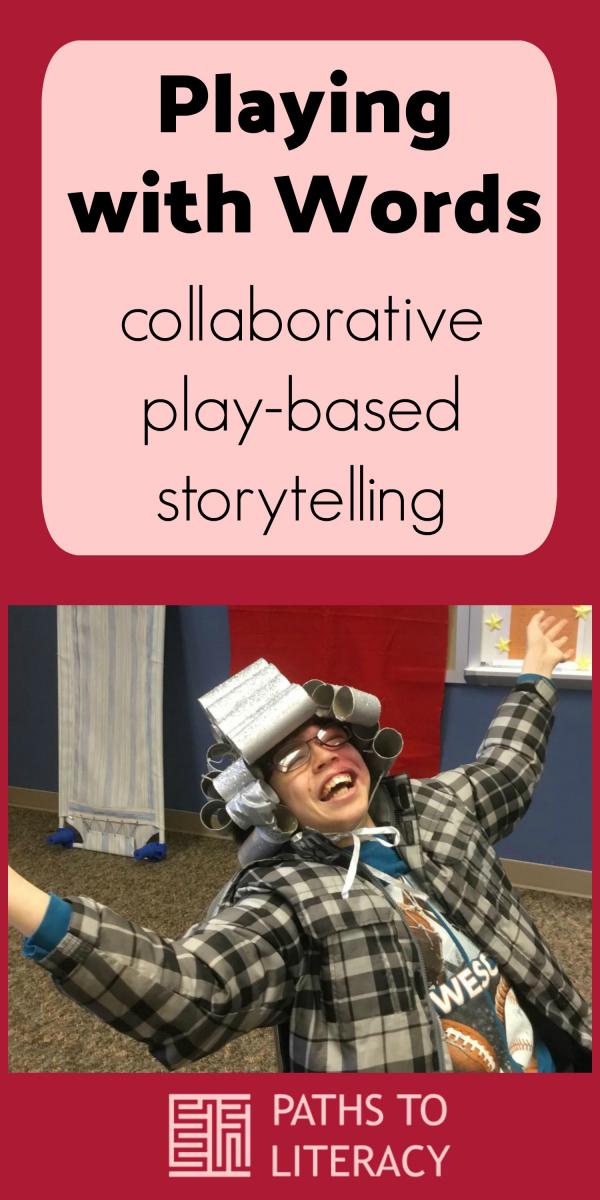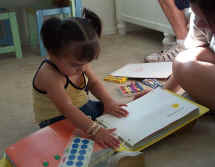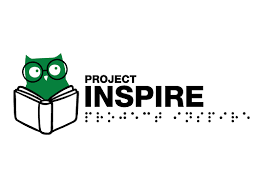By Linda Hagood
Props and Enactment
Props and enactment are play-based elements that are really important for developing concepts, for building more flexible thinking, and for encouraging engagement, both with each other and with the story itself. Props are not miniatures, which are often difficult for students with visual impairments to interpret, but rather they are real objects that can help the student to enact a character. For example, bunny ears that a student can wear are a more appropriate prop than a miniature plastic bunny would be.
Be flexible in your thinking, while also expecting the students to be. Very often, the objects you need to represent things are within arm’s reach. For example, in the Robot Story we used two bookshelves to be the robot.
Play a game in which people pass an object around and try to think of what else the object could be based on its qualities. Players expand upon the ideas of others and use their creativity to embrace the spirit of play.
Getting Started with Props
We encourage you to put together a box of props that can be used to support creative storytelling. As mentioned in the video, these are NOT miniatures, but rather they are concrete items that can be used to help students enact a story. It may be helpful to find out what the student likes first, and also to choose items that are flexible. It’s important for adults to be creative in identifying props in the area. As mentioned above, in the video of Two Boys and a Robot, the boys create a story about robots. While there weren’t any actual robots in the room, Linda quickly identified two bookcases (which happened to be on wheels) as perfect robots for the story. While students often reject the props initially (perhaps because they are being more literal or concrete), using the props can help to support their creative ideas.
Some ideas of props to help you get started include:
-
Blocks
-
Chime
-
Mallet (for chime)
-
Masks (generic)
-
Hats
-
Scarf/piece of cloth
-
String
-
Muffin cup liner/foil
-
Play-doh or clay
-
Hand mirror
-
Headband with pipe cleaners attached
-
Boxes of various sizes
-
Silverware, bowl, cup, napkin
-
Hand puppets, including generic puppets (e.g. mittens or oven mitt, eyeglass cases that can open and close so you can make them “talk”)
-
Rug or yoga mat to mark off space (e.g., create a road or a river)
-
Foam rockets.
-
Step stool or step ladder (to help them be “giants” or to walk up a mountain)
-
Duct tape (always comes in handy)
You can get props and suitcases from Goodwill to put props in. Garage sales or yard sales are another great place to look for props.
Return to Playing with Words homepage.



